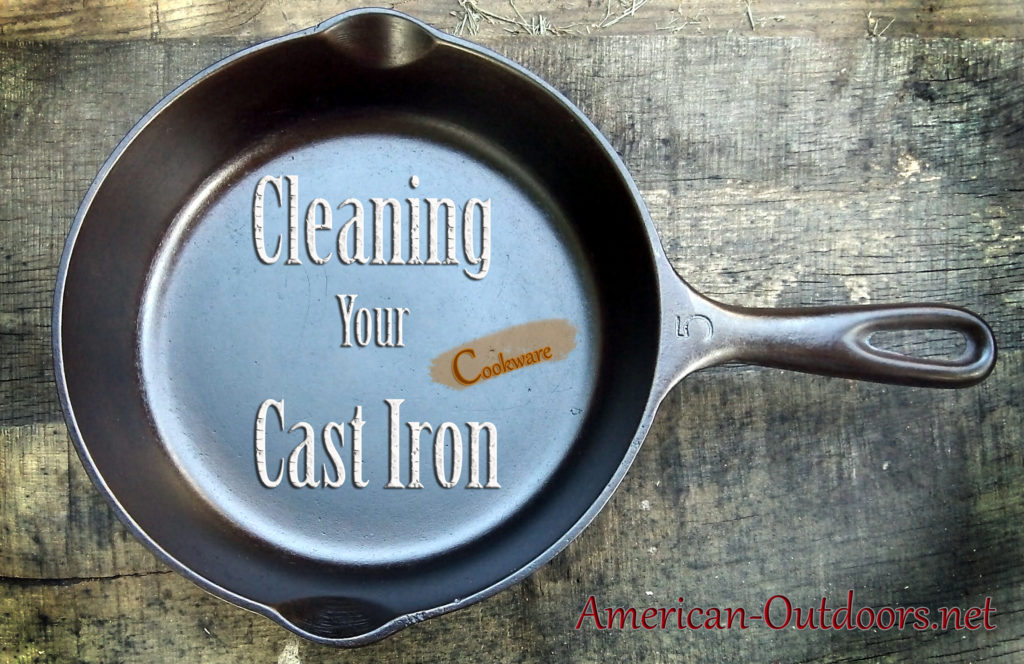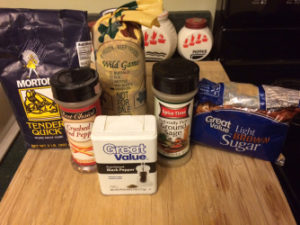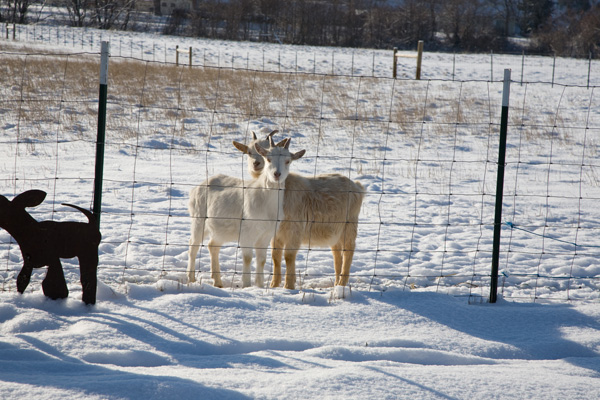Category: Homesteading
1903 A.H. Patch Blackhawk Corn Sheller
Compact Utility Tractor Backhoe Operator Controls For Dummies
Restoring Rusty Cast Iron Cookware
You see a flower pot, I see a bean pot.

Cast iron cookware is often misunderstood in it’s purpose and misused in application. It is intimidating in weight, care and maintenance vs the much lighter off the shelf and into the dishwasher stainless and stickfree options. The truth is, cast iron is very versatile will outlive most owners with just nominal care, but it needs to maintain it’s seasoning, that layer of oil that keeps the surface smooth and protected. Without it, food burns, sticks and builds up and the inevitable begins-rust.
I won’t blind you with science, there are a lot of methods to restore rusted, flea market, discarded, scrap pile cast iron. Soaking in vinegar, treating with molasses, exposure to extreme heat and lye. The method I’ll cover here, using electrolysis is a simple method that isn’t labor intensive yet very effective. Continue reading
Champion 2000 Watt Inverter Generator Review
Fall Garden Preparation
Fall Garden Preparation

So the last of the tomato plants have withered, the pole beans have quit sprouting and you’ve carried the final pumpin out for carving. No, you don’t just walk away and bid adieu until spring. Whether you a rural homesteader or a suburban green thumb, there is still work to be done my friend! The bonus is that, depending on your location, you won’t have to be working in oppressive heat. The fall will bring the cool mornings and bug free late afternoons where you can enjoy your time prepping the ground for the next spring’s seeds. And preparation is everything for your garden. It can mean the difference between an abundent and healty harvest and the blighted jungle of a mess in your neighbor’s backyard. Here we leave a few tips and methods for you to optimize next year’s harvest.
Continue reading
LS XR4046 Tractor Review
Vegetable Gardens From The 1800s
When Rabbits Invade Your Garden
Yes, rabbits are marble eyed, floppy eared, fuzz balls of cuteness. They are fun to watch bounce across your back yard, however it is what they do when you aren’t looking that can be frustrating. They have no respect for boundaries or that garden you have been slaving away in all summer. Rabbits have two bad habits-chewing and swallowing. They love your flowers, your green beans, your blossoms. To a rabbit, rows in a garden are like isles in a grocery store. Learning early on how to prevent rabbits from gobbling up your harvest is something every gardener must to do. So to prevent them from getting fat off of your hard labor, we’ve compiled a list of tips and products designed to aide you in safekeeping your fruits and vegetables from rabbits and other garden predators. 
LS XG3025 Tractor Review
Organic Pasture Based Farming-Katharos Farms
Katharos Farms located in Columbia, Tennessee practices pure Organic Pasture Based Farming for the best product for your family
See also GMOs In You
When Neighbors Collide- The City vs The Country
Robert Frost said “Good fences make good neighbors.”
It was a gorgeous property that had recently sold. 10 acres of blooming redbuds and dogwoods, a small pond stocked with catfish and bass and a beautiful newer two story brick home waiting for the next owner. It was cradled by rolling hills and valleys with a scenic county road landscaped with farms and homesteads that created something akin to the opening scene of a movie. Continue reading
GMOs In You and Your Livestock-The 21st Century Body Snatchers
 Frito-Lay, Oscar Meyer, Cargill, Kellog, Pepsi Cola, Purina and Tyson are some of the leading producers of the American daily diet. For tens of millions, a bowl of Capn Crunch and a glass of Sunny Delite for breakfast, McDonalds for lunch and Totino’s Pizza for dinner is the norm. Yet the irony is that many people consider raw milk, farm raised unrefrigerated eggs and organic grown vegetables not approved or regulated by the FDA to be risky. We have become a society that balances a Big Mac and a large Coke with a Walmart salad. A Sara Lee Pie is the whiskey and Slimfast an aspirin for the hangover.
Frito-Lay, Oscar Meyer, Cargill, Kellog, Pepsi Cola, Purina and Tyson are some of the leading producers of the American daily diet. For tens of millions, a bowl of Capn Crunch and a glass of Sunny Delite for breakfast, McDonalds for lunch and Totino’s Pizza for dinner is the norm. Yet the irony is that many people consider raw milk, farm raised unrefrigerated eggs and organic grown vegetables not approved or regulated by the FDA to be risky. We have become a society that balances a Big Mac and a large Coke with a Walmart salad. A Sara Lee Pie is the whiskey and Slimfast an aspirin for the hangover.
Continue reading
Quick & Simple Homemade Vanilla Extract
Quick & Simple Homemade Vanilla Extract
Nothing brings our family closer than spending the morning or afternoon stirring up an old favorite recipe in the kitchen. We really value our time spent together, therefore, our oven/stovetop is quite busy! From pancakes and waffles to cakes and cookies, we do it all and nearly on a daily basis at times. As a mother with an old-fashioned outlook on life, I find it crucial that my toddler understands the fundamentals when it comes to the importance of each ingredient as well as the science behind cooking.
Continue reading
When Your Spouse Doesn’t Like Deer Meat
When Your Spouse Doesn’t Like Deer Meat


It’s that time of year again. Your husband has donned his camo, spent countless hours scouting, following trails and looking for “scrapes” and “rubs” on trees. He’s painstakingly searched for just the right tree to hang his stand, doused himself in every sort of synthetic deer excrement on the market, and loaded his shotgun with the best shells money can buy. All to accomplish what he’s waited all year to do. Yes, you guessed it, to bring home his prized buck or doe and fill the freezer with delicious, nutritious, and healthy venison! Continue reading
Preventing Livestock Water Containers From Freezing
Preventing Livestock Water Containers From Freezing
Tips For “Chicken Winter”
Winter Care Tips For Your Goats
From Alaska to New Hampshire, adult goats can handle sub zero temperatures, however we’ve listed some winter care tips for your goats to avoid the obvious and most common pitfalls owners run into during extreme cold.
Continue reading
14 Day Pickle Recipe and Garden Tips
14 day pickle recipe and garden tips with a brief preview video for the best practices of growing, maintaining, picking and storing cucumbers.
<script async src=”//pagead2.googlesyndication.com/pagead/js/adsbygoogle.js”></script>
<!– Ad 1 Auto Size Responsive –>
<ins class=”adsbygoogle”
style=”display:block”
data-ad-client=”ca-pub-1148920253657048″
data-ad-slot=”6925236010″
data-ad-format=”auto”></ins>
<script>
(adsbygoogle = window.adsbygoogle || []).push({});
</script>
14 Day Pickles – Full Recipe
Here is the full recipe for Grandma Ida’s 14 Day Pickles. I hope you enjoy these as much as our family does.
Ingredients
75 (3-3.5” in length) cucumbers (1 peck)
2 cups Coarse Pickling Salt
Boiling Water
10 cups Sugar
5 cups vinegar
3 tablespoons Alum
18 drops Oil of Cloves
18 drops Oil of Cinnamon
2 tablespoons celery seeds
For sweet/hot pickles: add 20 – 30 jalapeno peppers
Directions
Day 1:
Place clean cucumbers in a stone jar, glass or enameled container. Combine salt and 1 gallon water. Bring to a boil and pour over cucumbers. If you want to add some heat to the pickles, add the jalapenos at this point. Cover with a plate and weight down. Brine must cover cucumbers. Let stand 7 days, but stir the cucumbers every day to discourage formation of film.
Lifestyle
Back Roads Kentucky Knife Maker
A Kentucky knife maker from Jessamine County who takes us through the steps of crafting a knife. Nick Peel is a real craftsman doing tremendous work in Kentucky!
Courtesy of KYAfield
See also “Tapering A Table Leg Using a Joiner”
















